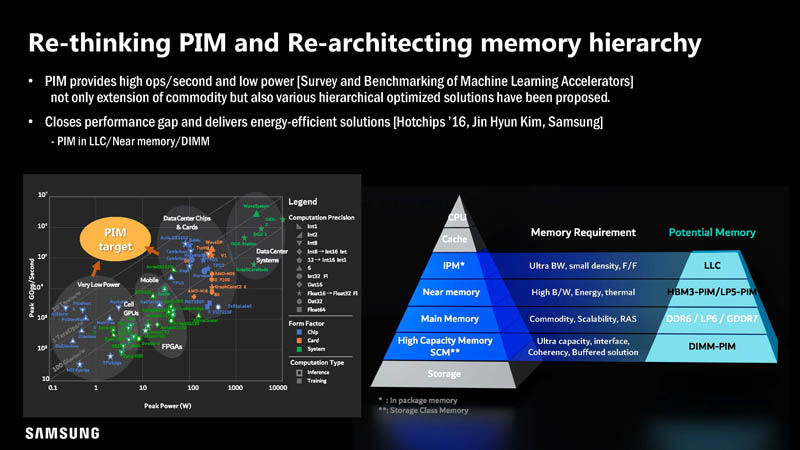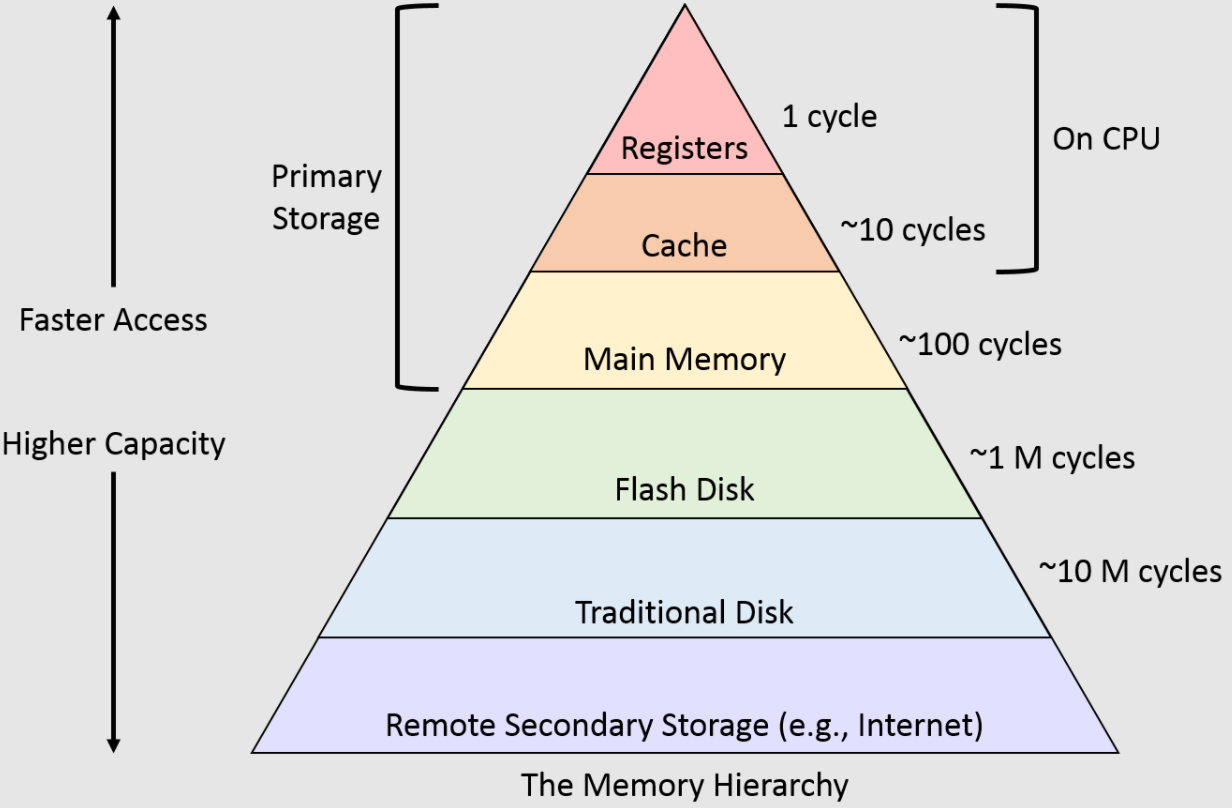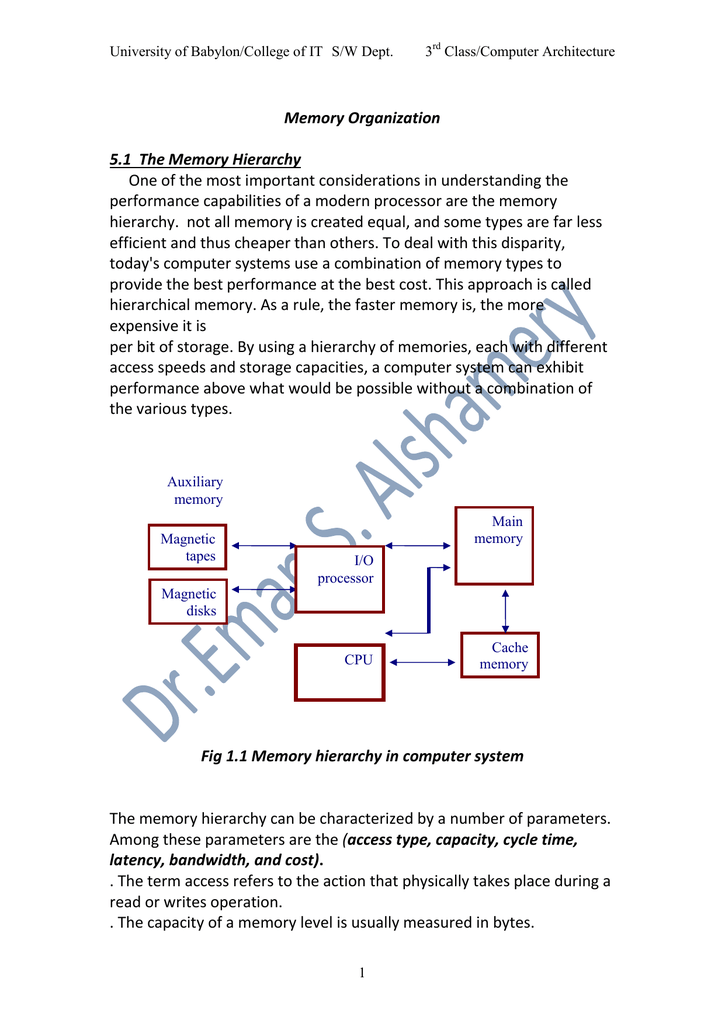Memory hierarchy is a term used to describe the various levels of memory storage in a computer system, from the fastest and most expensive to the slowest and least expensive. The goal of a memory hierarchy is to provide the processor with quick access to data and instructions while minimizing the cost of memory. There are several types of memory that make up a memory hierarchy, including cache memory, main memory, and secondary storage.
Cache memory is the fastest and most expensive type of memory. It is a small amount of memory that is built into the processor or located close to the processor on the motherboard. Cache memory stores frequently accessed data and instructions so that the processor can access them quickly. Because cache memory is so small, it is not able to store all of the data and instructions that the processor needs. Instead, it stores only the most frequently used data and instructions, which helps to speed up the processing of tasks.
Main memory, also known as RAM (random access memory), is the next level in the memory hierarchy. It is larger than cache memory and stores data and instructions that are currently being used or accessed by the processor. Main memory is slower than cache memory, but it is still faster than secondary storage. Like cache memory, main memory is volatile, meaning it is lost when the computer is turned off.
Secondary storage is the slowest and least expensive type of memory in the memory hierarchy. It is used to store data and instructions that are not currently being used by the processor. Examples of secondary storage include hard drives, solid state drives, and USB drives. Secondary storage is non-volatile, meaning it retains data even when the computer is turned off.
In conclusion, the memory hierarchy is a crucial part of a computer system that helps to improve the speed and efficiency of data processing. Cache memory, main memory, and secondary storage are the three main types of memory in the memory hierarchy, with cache memory being the fastest and most expensive, main memory being slower and less expensive, and secondary storage being the slowest and least expensive. Understanding the different types of memory in the memory hierarchy can help you make informed decisions about the hardware and software you use in your computer.






